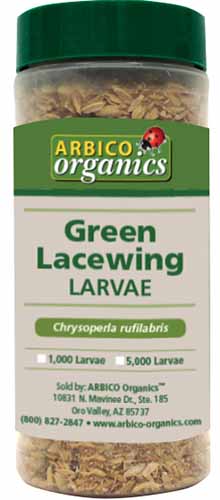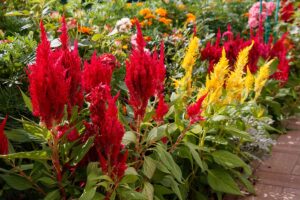There are a lot of reasons to love bleeding hearts, but being relatively uninteresting to pests is one of the best.
Maybe they taste bad or something? I’ll have to ask the next mealybug I see. At any rate, pests aren’t something you see that often on bleeding heart plants.
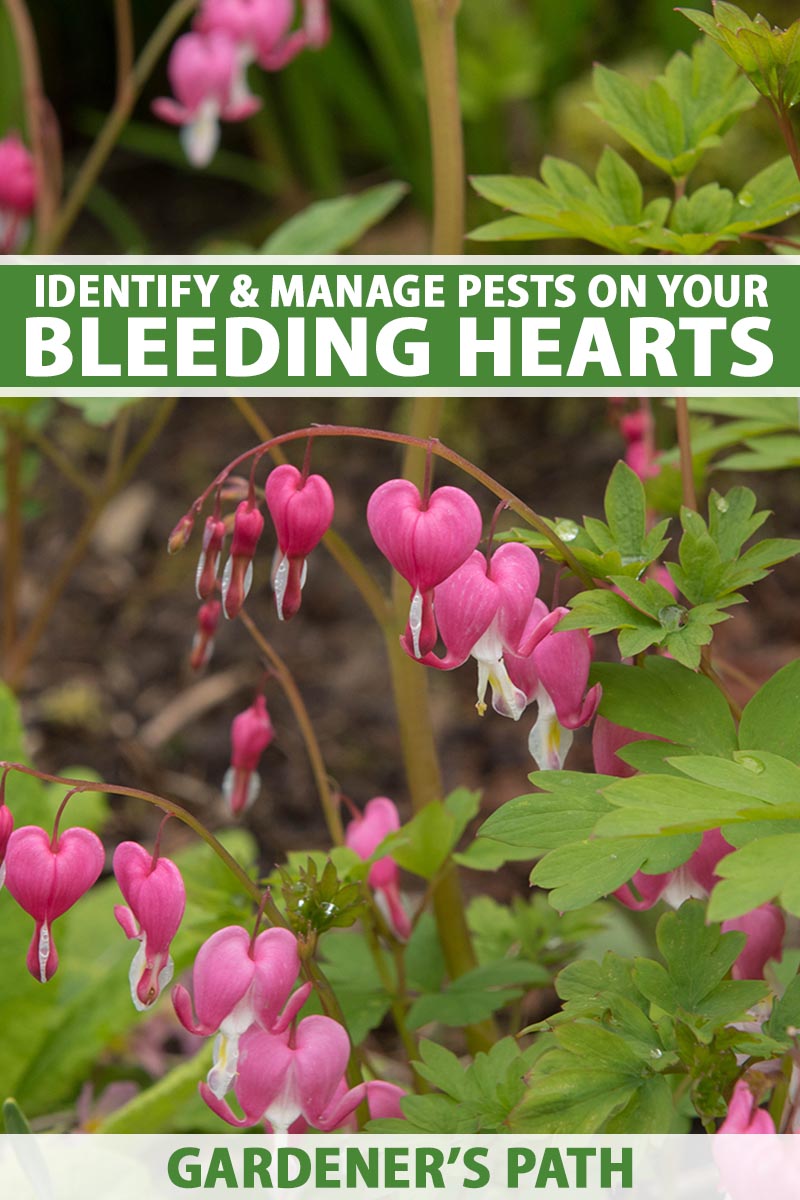
We link to vendors to help you find relevant products. If you buy from one of our links, we may earn a commission.
The key phrase here is “that often.” You will still come across them now and then and when you do, it helps a lot to know what to look for and how to deal with the situation.
That’s what this guide aims to help you do. To that end, here are the bugs that we’ll go over coming up:
7 Common Bleeding Heart Pests
In general, you can avoid most pests by keeping your plants healthy. That means appropriate watering, spacing, and feeding. In addition, you must keep on top of any weeds which can harbor pests.
Consult our guide to growing bleeding hearts for cultivation instructions.
It’s worth noting that bleeding hearts can be sensitive to insecticidal soap and other common pest treatments.
Before you try something new, make sure you test it on a small section of the plant first and then wait 24 hours to see what happens.
If your plant looks burnt, brown, or yellow where you sprayed it, don’t use that particular treatment.
1. Aphids
There are so few plants that aren’t fed on by aphids that it would be easier to list those than to mention all the species that are!
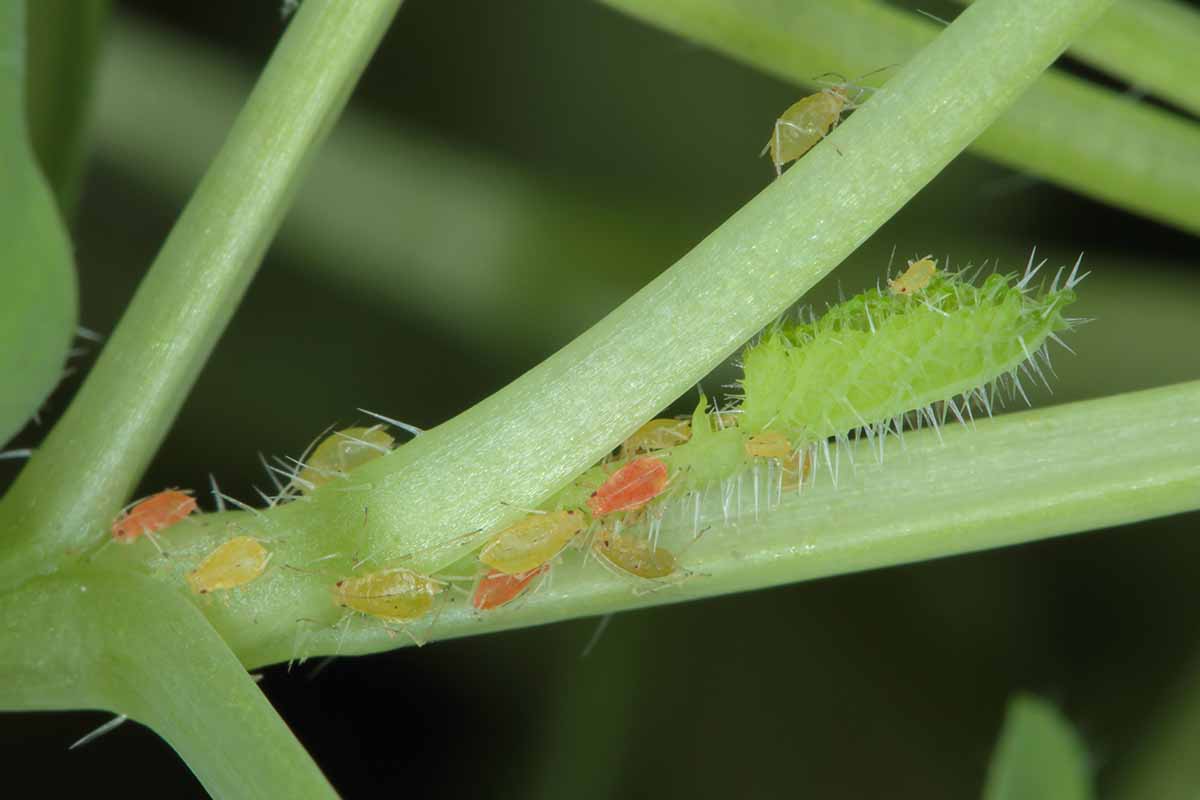
A small infestation isn’t a big deal, but a large one can really do a number on your plant. They suck the sap out of plant tissue causing the leaves to turn yellow or brown and can even result in stunted growth or, in advanced cases, collapse.
Even worse, they can spread diseases.
Most of the time, you’ll notice the sticky substance known as honeydew that they leave behind on the plant before you’ll notice the tiny bugs themselves.
Green peach aphids (Myzus persicae) are the most common type found on herbaceous plants in home gardens, but they’re opportunists and other species will feed on plants if they get the chance, too.
First try washing them off with a spray of water from the hose and then treat with neem oil – after testing, of course. Repeat the neem oil application every 10 days until the infestation subsides.
You can find neem oil available from Arbico Organics. Choose from quart-sized ready-to-spray or concentrate.
Aphids are such a common issue that we have an entire guide to help you figure out how to deal with them.
2. Mealybugs
Mealybugs (Pseudococcidae family) are also opportunists and they feed on a huge range of species.
While they aren’t extremely common on bleeding hearts, they may occasionally show up.
They’re often mistaken for symptoms of a disease rather than a pest infestation because many of them are covered in a white cotton-like mass, so they look like little bits of cotton on the stems and leaves. Until you get up close, that is.
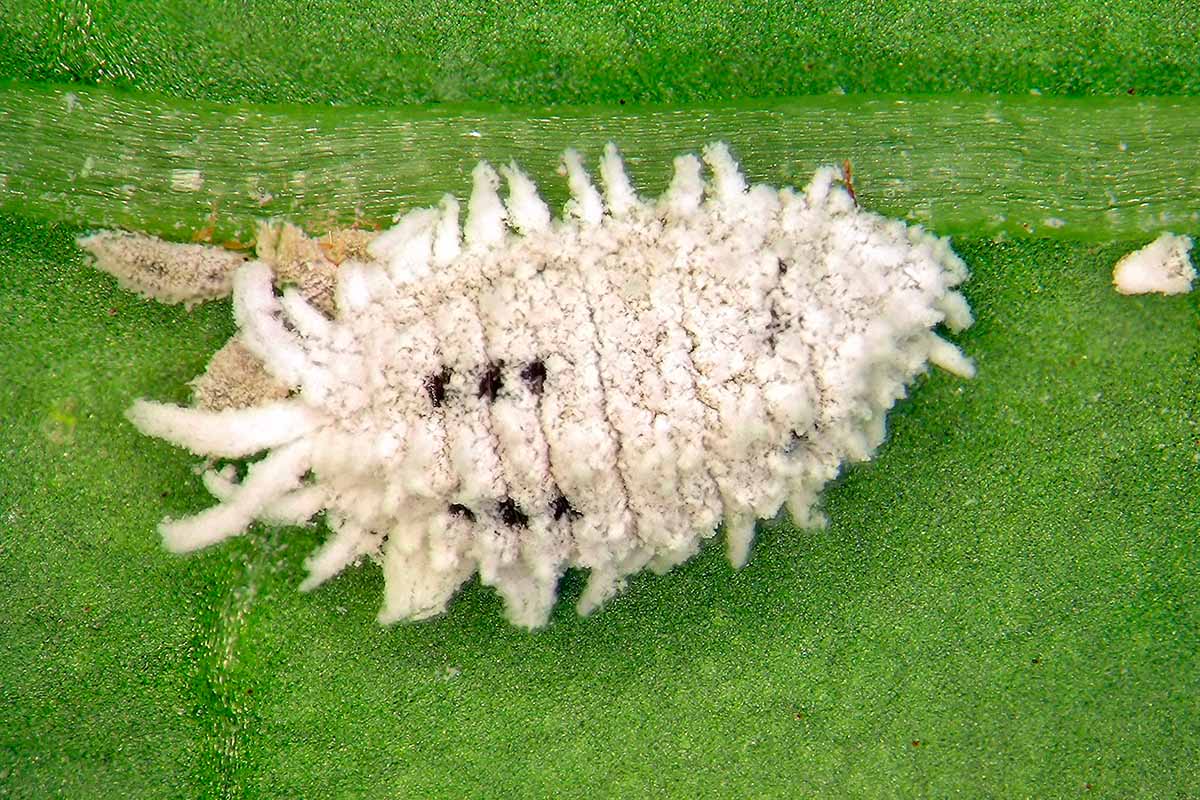
They suck the life out of your bleeding heart as they feed, causing yellowing leaves and stunted growth.
Stick with the standard treatment of spraying them off with a blast of water and then wiping the insects and eggs – careful not to touch the plant – with isopropyl alcohol.
Skip the oils but turn to pyrethroid insecticides as a last resort, if necessary.
These should be used sparingly because they harm beneficial insects, which can start the pest problem cycle all over again.
Learn how to give them the boot by reading our guide on controlling this common pest.
3. Scale
Identifying scale insects (bugs in the order Hemiptera) can be tricky. You can’t see their legs and they’re fairly flat, so they look more like brownish bumps all over your plants rather than actual bugs.
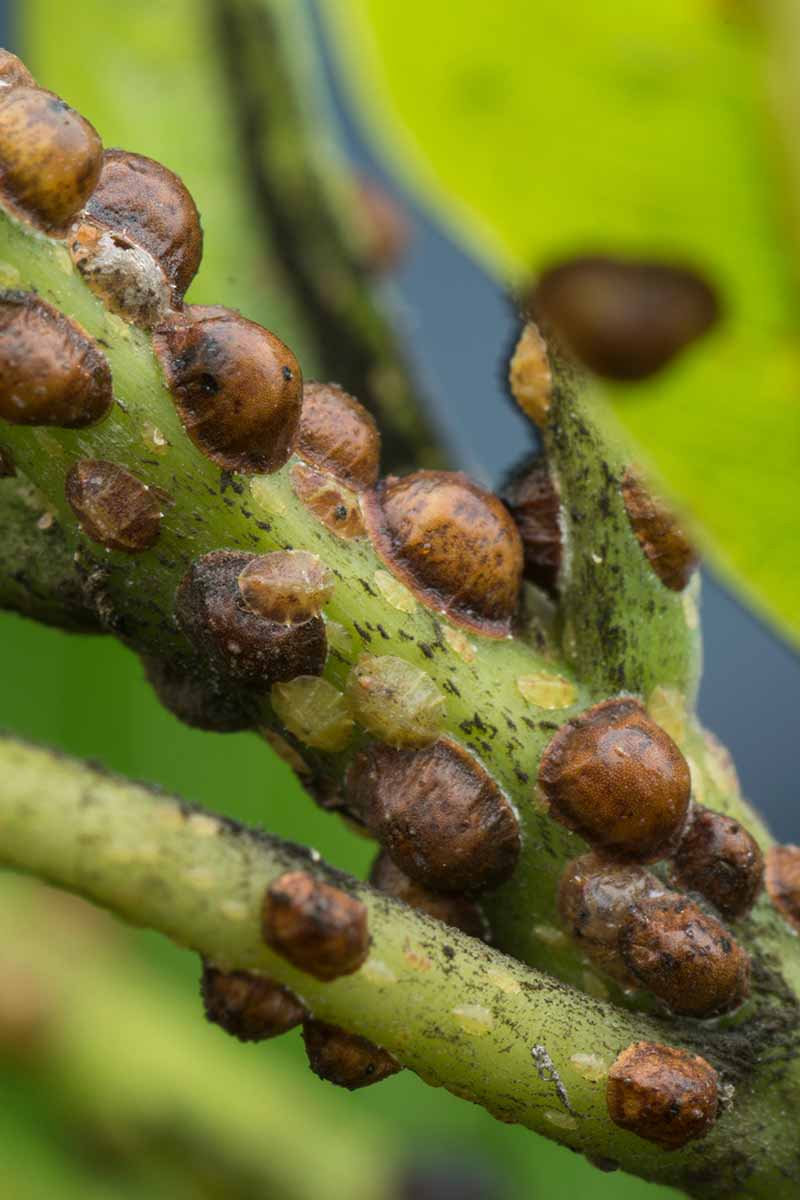
They’ll probably go after other plants in your garden before they’ll head to your bleeding hearts, but that doesn’t mean you can just forget about scale, which appear on the foliage and stems.
While a few bugs are no big deal, a big infestation can be bad news. They drain your plants of energy, leave sticky honeydew behind, and cause yellowing.
Prune infected branches and scrape the insects off with a butter knife. You can also release and/or encourage beneficial insects into your garden.
If you aren’t familiar with scale insects and how to eliminate them, head to our article to learn more.
4. Spider Mites
If you notice foliage that suddenly starts to turn yellow or look somewhat droopy and sad, you may have a spider mite situation.
Some common mite species in home gardens include the Pacific spider mite, two-spotted spider mite, and strawberry spider mite.
An infestation causes yellow stippling and yellowing leaves. As the infestation progresses, those leaves might fall off.
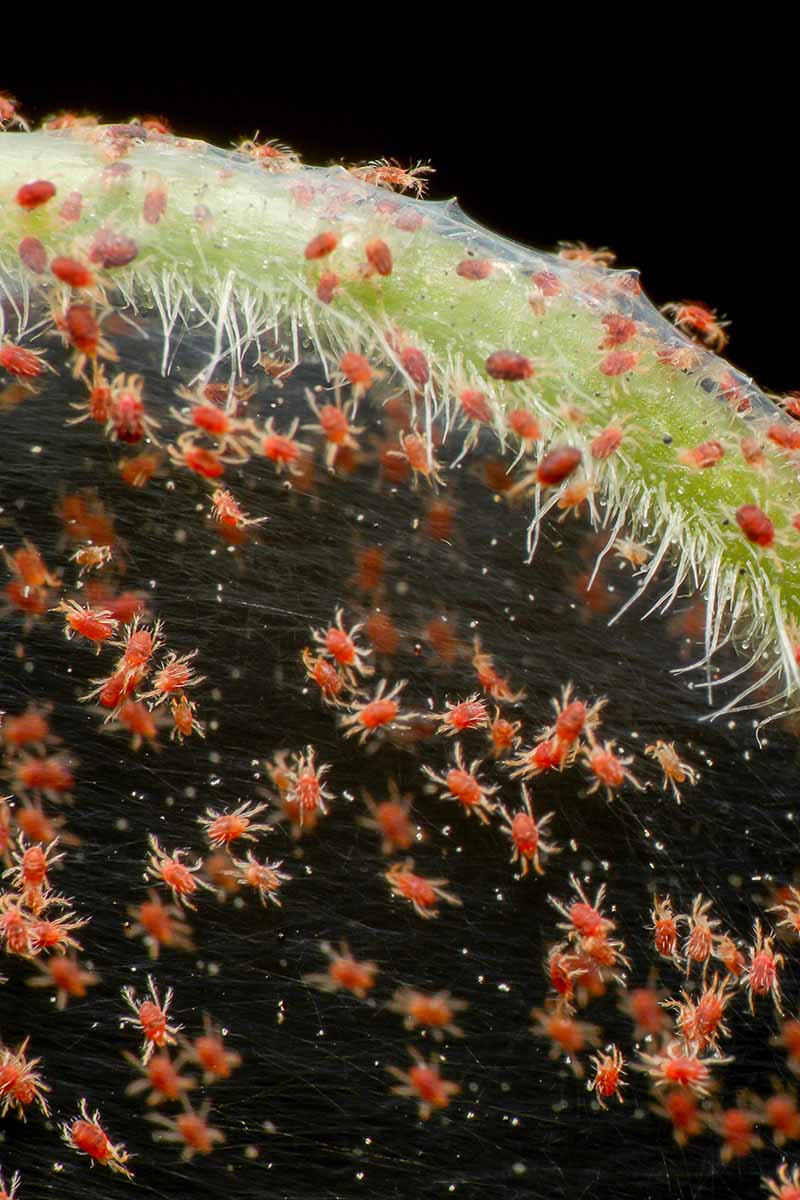
If you see a spider on your bleeding hearts, it’s not a spider mite.
Spider mites (from the Tetranychidae family) are extremely small and you have to look really close to even see the little specks moving around.
What you are more likely to notice is the fine webbing that will cover the plant. Even then, it’s easy to miss them. That’s why it pays to give your plants a close once-over at least weekly.
If you see webbing or tiny yellow, red, brown, black, or green spots about the size of a sharp pencil tip moving around on your bleeding hearts, take quick action. It’s much easier to deal with a small infestation than a large one.
Spray the plants with water to knock away as many of the mites as possible. Spider mites love dusty conditions, so try to keep the soil moist and keep spraying your bleeding hearts with water every few days.
If that fails, you can try using a product targeted at mites that contains garlic extract, clove oil, mint oils, rosemary oil, or cinnamon oil.
You can purchase these or make your own garlic spray following the instructions in our guide.
Green lacewing larvae are natural predators, so you can introduce them into your garden to help control mites.
Find live green lacewing larvae in packages of 400, 1,000, 5,000, or 10,000 at Arbico Organics.
An insecticidal oil also works as a last resort, just be sure to test it on the plant first.
5. Slugs and Snails
In my garden, I find that slugs and snails will go after lots of other things first before they turn to my bleeding hearts. They must not taste that great to these slimy visitors.
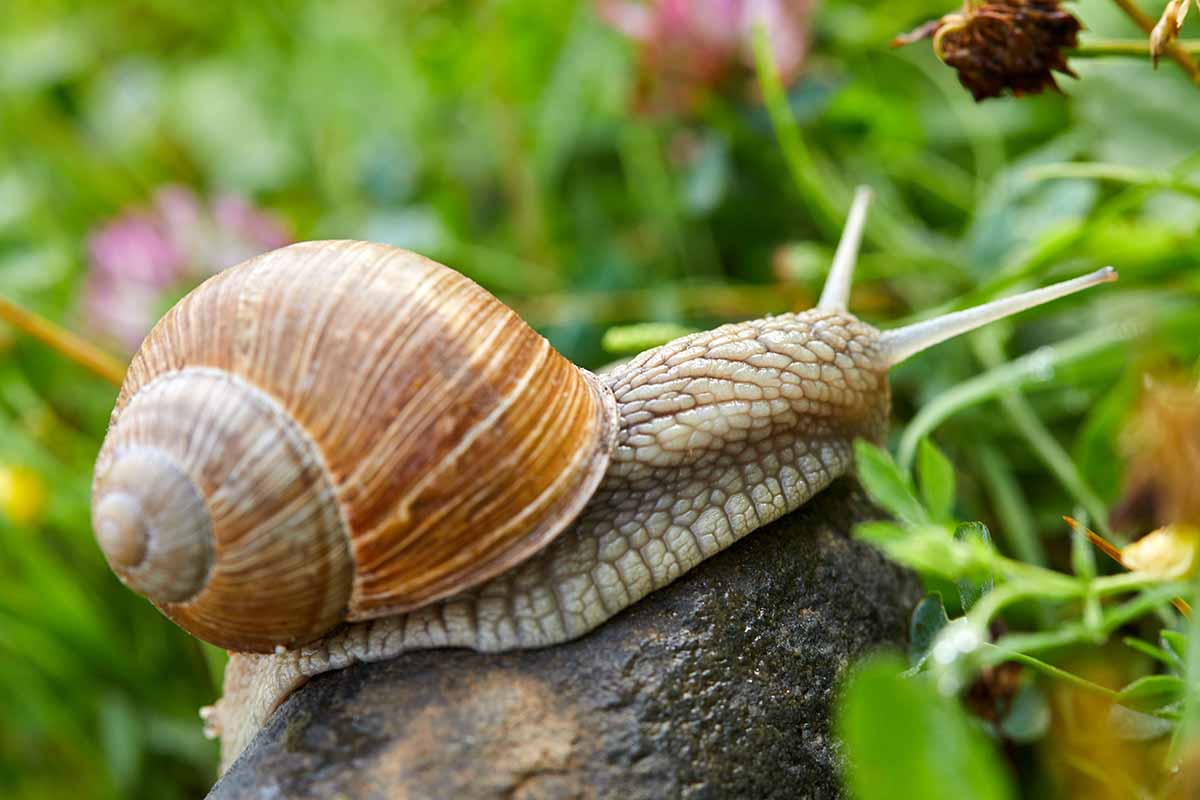
If you notice ragged holes on the leaves, especially in new growth, it’s a pretty safe bet that you’re being visited by those oh-so-common gastropods. Go outside with a flashlight at night and examine the plants to be certain.
Then, use your favorite slug control method to get rid of them. Hand picking, beer traps, or pet-safe pellets are reliable tactics.
Read our guide to slug and snail control to learn more.
6. Thrips
Thrips are tiny, slender sap-sucking insects that feed on the stems, flowers, and foliage of bleeding hearts.
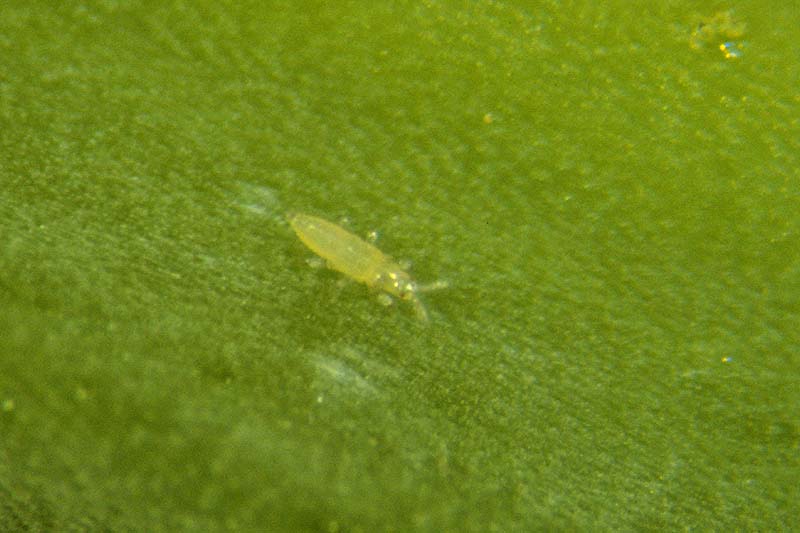
These pests in the Thripidae family cause the flowers and foliage to be scarred or deformed. If you notice this, look closely for the slender, millimeter-long bugs. You can use yellow sticky traps to confirm their presence.
You can introduce predatory insects like minute pirate bugs. You can also safely use neem oil, but make sure you test it on the plant first.
Garlic oil, as discussed above, and products containing spinosad are also effective options.
Once again, if you think you’ve encountered this pest, we have a guide to help you sort out the situation.
7. Whiteflies
Whiteflies (Aleyrodidae) are more of a problem in greenhouses, but it’s worth being aware of them just in case they show up on your bleeding hearts.
If you have starts indoors or you’re growing plants from seed, you might run into them. Whiteflies are pretty obvious when they’re around.
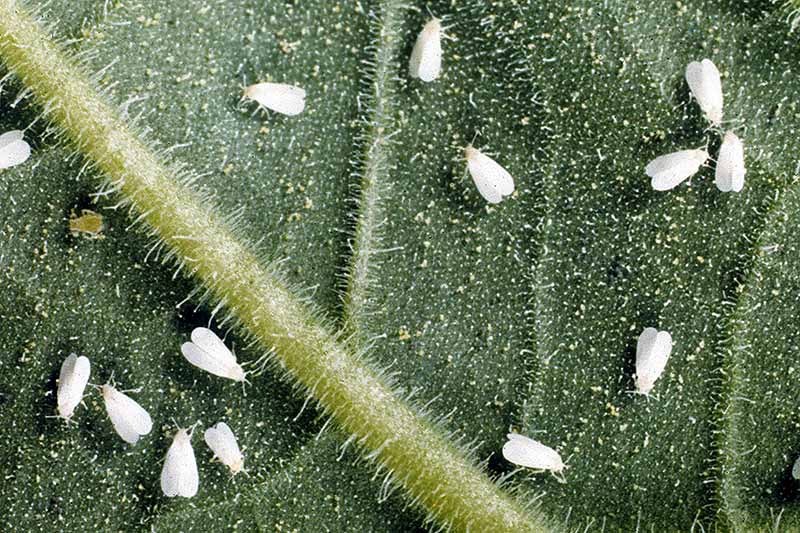
If you walk near or touch your bleeding heart, a little puff of tiny fly-like critters will flit up around the plant.
The adults use their sharp mouth parts to suck out plant sap, usually hanging out on the undersides of leaves, and causing yellowing and necrosis on the foliage.
If you catch them early enough, they’re fairly simple to deal with. But if you wait too long, they can damage seedlings enough that they’ll die. Adult plants can usually survive an infestation.
Sticky traps, weeding, keeping plants well-watered, and introducing predatory insects like lacewings and assassin bugs are the way to go.
Products containing the beneficial fungus Beauveria bassiana are also effective in the case of a severe infestation.
For more information, including how to get rid of whiteflies, visit our guide.
My (Bleeding) Heart Will Go On
Even the most meticulous gardeners with the most resistant plants in the world are going to encounter pest problems at some point.
It’s part of the challenge of gardening. But don’t let an insect problem stress you out. Most of them are fairly easy to avoid or address. Hopefully this guide helped you do that.
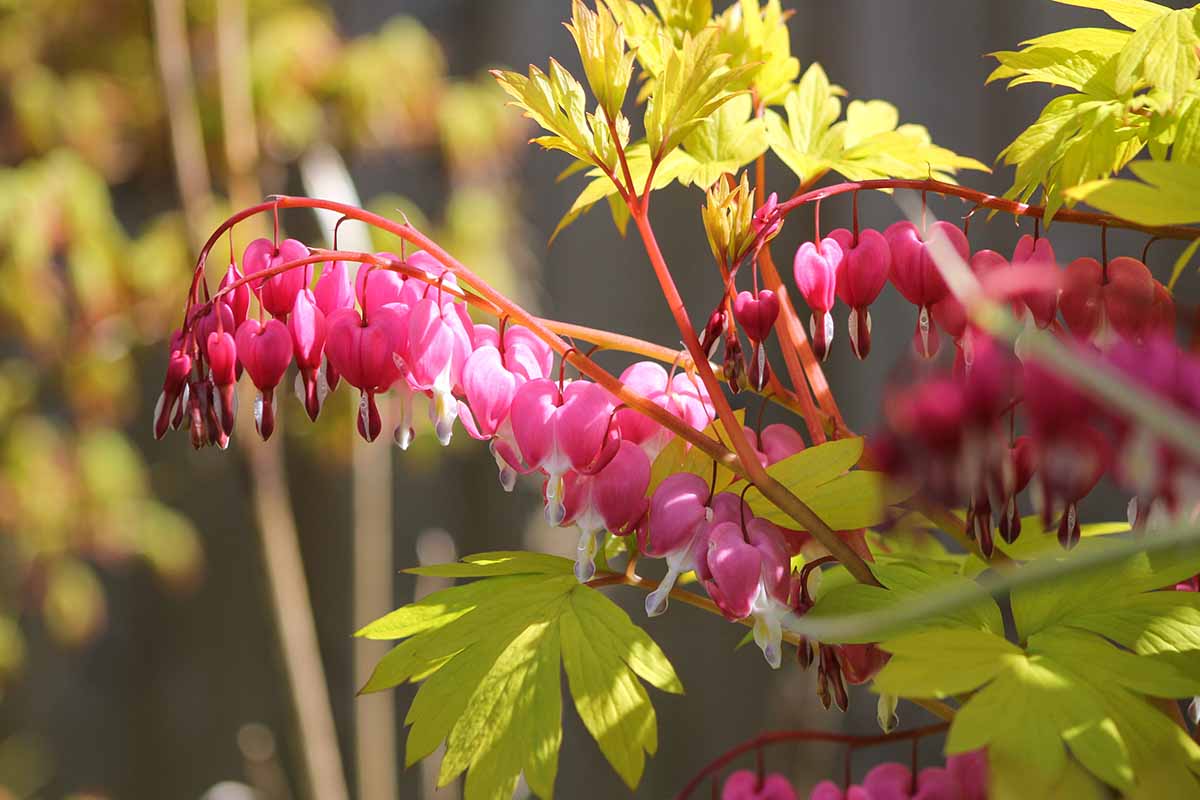
What kind of pest issues did you come up against? What method helped you deal with it? Let us know in the comments so we can help other gardeners tackle their problems.
Then, if you’re interested in learning more about bleeding hearts, give a few of our other guides a look next:

